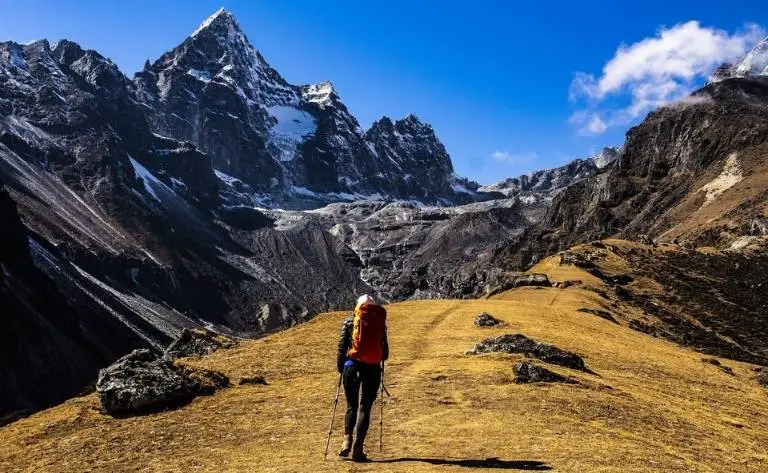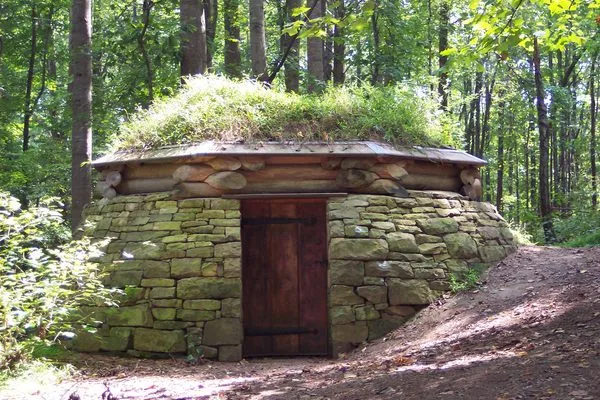Vintage Victorian Photos Reveal The Early Days Of Tourism
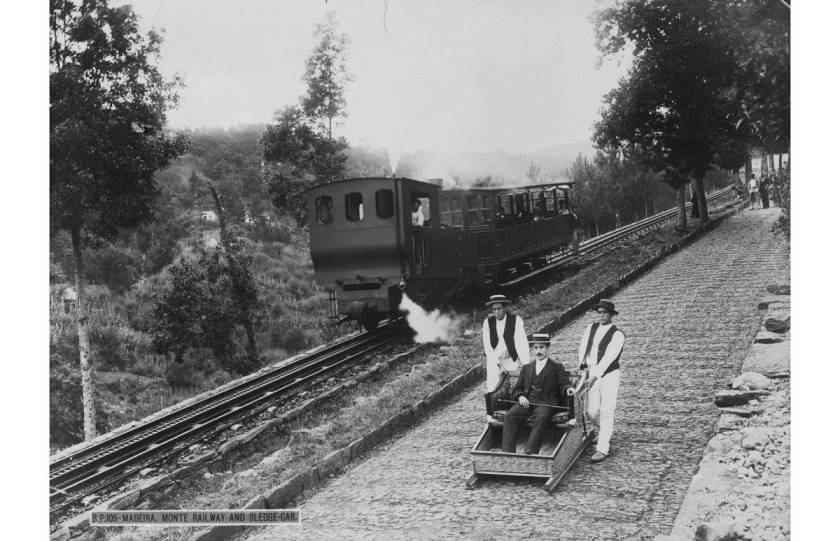
The Era Of Grand Railway Hotels
To encourage tourism along its lines, the Canadian Pacific Railway constructed many opulent railway hotels in 1885, not long after the last spike was hammered in. One of these was the Albertan Banff Springs Hotel, which first opened its doors in 1888. Originally constructed of wood, the hotel included thermal pools that were supplied by hot springs located in the Rockies. This image dates back to 1904. Currently known as the Fairmont Banff Springs, it has been a designated historic property since 1988 and is still among the most opulent places to stay in Canada's oldest national park.
Beside The Seaside
Throughout the second half of the 1800s, the UK's rail system continued to grow, making travel less of a privilege for the affluent and more affordable for the typical Victorian. This helped to further democratize travel and gave rise to the iconic British beach break, especially when combined with the introduction of bank holidays in the 1870s. Seaside resorts like Blackpool, Eastbourne, and Great Yarmouth (seen above about 1875) provided much-needed fresh air and a change of scenery in sharp contrast to the infamously smoggy industrial towns of the day.
Embracing The Bathing Machine

Victorian ladies were expected to maintain their modesty when dressing for a swim, as a result of the conservative views prevalent in the era. It was not customary for them to crouch awkwardly under a towel. Bathing machines, which were movable changing rooms that could be set up in the shallows, were accordingly created. Women on vacation would join a horse-drawn cart on the beach and enter the vehicle from one side, as this image from around 1890 of Broad stairs, Kent, illustrates. The other side would allow them to go straight out into the water after changing into their swimming gear.
Feeling The Sand Beneath Your... Stockings?
It's obvious that the women on the left were eager to get into their bathers and dip their toes in the water. However, as the image to the right illustrates, taken in Santa Monica in 1890, women's Victorian swimwear wasn't all that dissimilar from everyday clothing. Even if they were merely going for a paddling, ladies still had to wear dresses, drawers, and stockings.
The Emergence Of Egyptomania
There was more to the surge in domestic travel in the late 1800s. Those with the means to travel farther away did so with considerable curiosity, particularly to Egypt. The Rosetta Stone's translation in 1822 and the British conquest of Egypt in 1882 (also known as the Anglo-Egyptian War) subsequently sparked the Victorian era's "Egyptomania," or infatuation with the country of the pharaohs. This caused wealthy Victorian visitors, like the ones shown here about 1880 in front of the Sphinx in Giza, to perceive the North African nation as somewhat strange.
A Saharan Sojourn
Given that it had been ruled by France as a colony since 1881, Tunisia profited from Western visitors during this period as well. Captured before the start of the 1900s, this image displays the outside of the Grand Hotel Bellevue, which was formerly situated in the oasis village of Tozeur in the desert. To accommodate the increasing number of tourists visiting the area, a railway station was built at Tozeur about 1913 or so. Mosaic tiles and arches are two examples of how local Islamic culture influenced the architectural design of the Grand Hotel Bellevue and the station.
Building 'America's Playground'

The concept of the Victorian beach resort was also becoming popular on the other side of the Atlantic. After joining the expanding American rail network in 1852, Atlantic City, New Jersey, quickly gained popularity as a getaway spot for residents of New York and Philadelphia. Throughout the late 19th century, it added more and more hotels and attractions to its list; the first iteration of its renowned boardwalk opened in 1870. Here, in 1900, a sand sculptor works beside the famous Steel Pier, which debuted in 1898 as an amusement pier.
Read Also: Fascinating Historic Photos of Famous Airports
Sydney Before Surfing
With the inflow of British expats during the Victorian era, beach holidays were also popular in the Australian colonies, even though swimming in the ocean was forbidden. Coogee Bay, which is five miles (8 km) from Sydney's center, was a popular destination for staycations. Just before trams began to serve the neighborhood in 1883, this 1880 albumen print captures Coogee at the very beginning of its existence as a beach resort. The Coogee Palace Aquarium opened in the 1880s and had a variety of creatures in addition to a swimming pool, bandstand, and outside bar.
Mountaineering Goes Mainstream
As the 1800s progressed, mountain climbing ceased to be a pastime exclusive to field scientists. The number of individuals participating for recreational purposes was growing, and Mount Snowdon, the highest peak in Wales, was drawing an influx of hikers. At the top of Snowdon, two wooden houses had been constructed by the 1850s (seen above about 1860). These so-called summit hotels, which provided lodging and food to the 200+ visitors who arrived at the mountaintop each day during the climbing season, were finally destroyed in the 1930s to make room for a new summit structure that included a restaurant, a train station, and lodging.




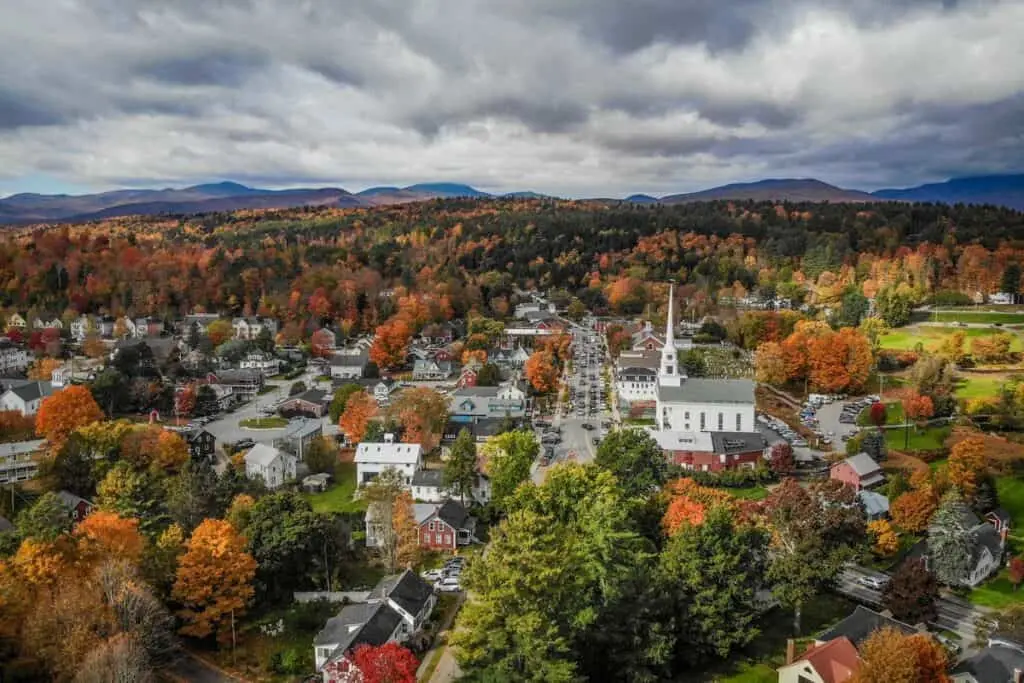
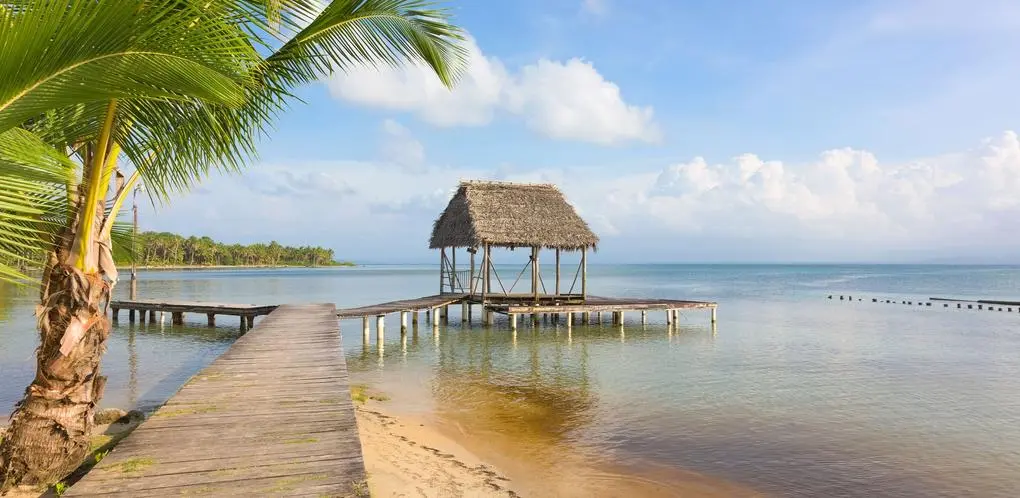
.webp)
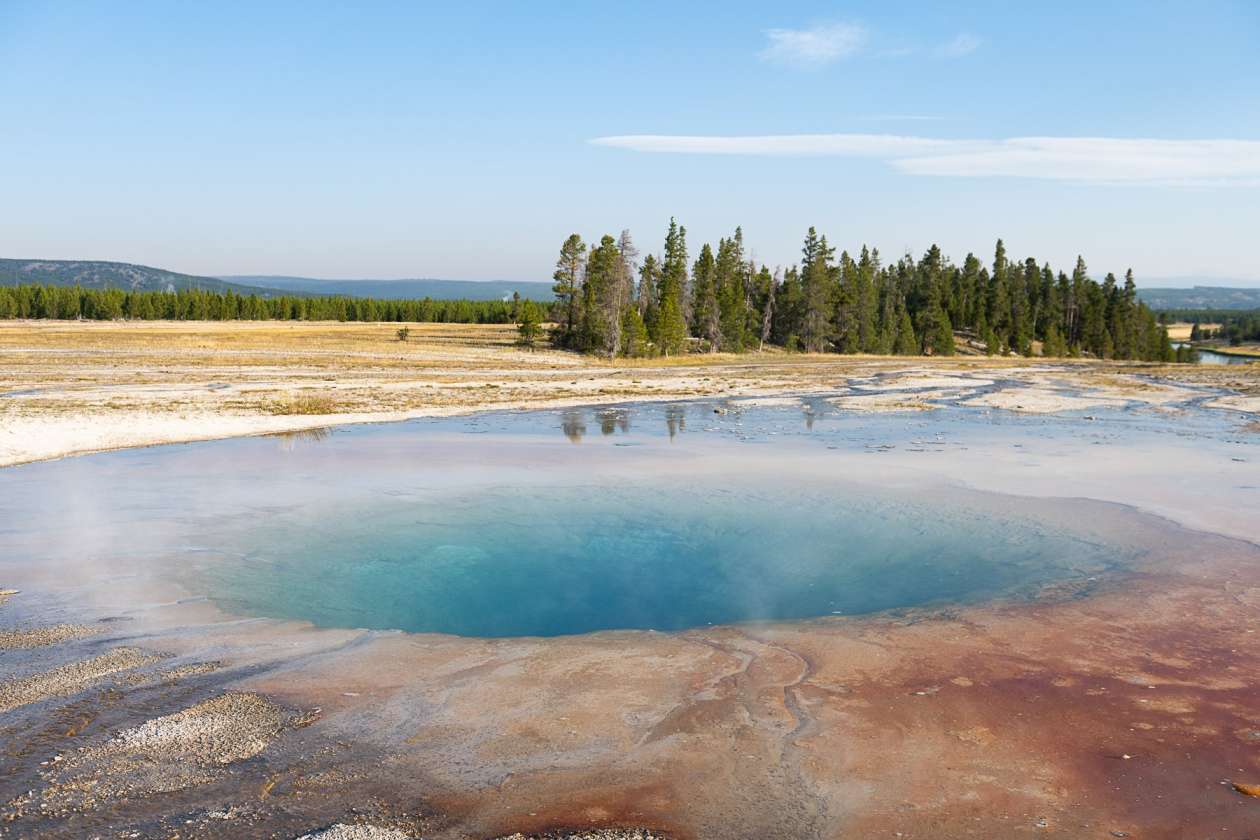
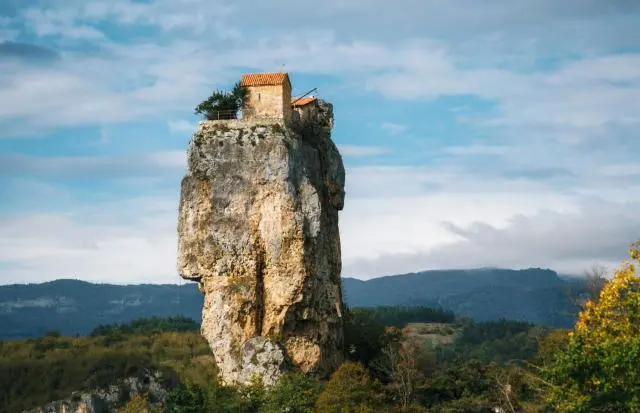
.webp)
